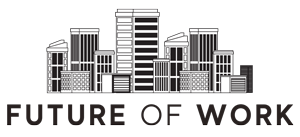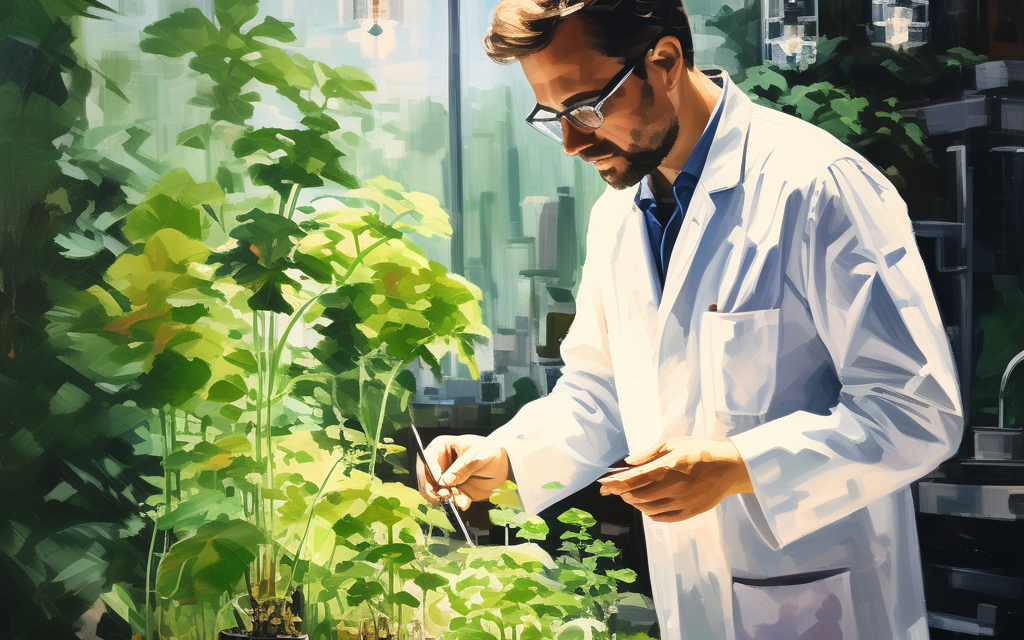In the face of escalating climate change challenges, businesses at large are witnessing a surging demand for ‘green skills’ to spearhead sustainable initiatives and address environmental concerns.
As the planet intensifies commitments to achieving net-zero carbon emissions, there is a pressing need for a workforce equipped with expertise in renewable energy, eco-friendly technologies, and sustainable practices. Industries ranging from renewable energy production to green construction are increasingly seeking professionals with the ability to navigate and implement environmentally conscious solutions.
The growing emphasis on ‘green skills’ not only aligns with ambitious global climate goals but also underscores the importance of cultivating a workforce capable of driving the transition to a more sustainable and resilient future. This shift towards environmentally friendly practices signifies a paradigmatic change in the way businesses operate, making ‘green skills’ a vital component in the strategy to combat climate change.
The recent LinkedIn Global Green Skills Report 2023 found that nearly one-third of the total job postings in the UK in 2023 demanded at least one green skill, a trend mirrored across all 48 countries surveyed in the report. With the report stating that only one in eight workers worldwide is equipped with the skills needed to help tackle climate change, we can begin to see where we might run into challenges bridging the gap.
This points to a potential lack of investment–– in effective learning and development programs and financial investment.
Developing a well-rounded L&D assessment strategy
In order to address the challenge in front of us, we must first understand the state of play. L&D professionals can contribute to bridging skills gaps by identifying the gaps, designing effective training programmes and promoting continuous learning.
From an organisational point of view, change will largely be driven by consumer behaviour (which will vary hugely depending on the market/industry) and the need to fulfil shifting legislation and requirements.
Take gas and heating engineering for example. The advent of heat pump technology is driving traditional heating engineers and businesses to invest in retraining to install renewable energy systems. Failing to do so, may not be an issue in the short term but in 5-10 years’ time could see many going out of business and a shortage of qualified engineers.
By assessing your workforce and building a comprehensive skills portfolio it is possible to pinpoint potential gaps and drive more effective training initiatives.
This approach allows for a balanced evaluation of existing training programs as well as highlighting areas that need strengthening or evolution. By providing an opportunity to upskill/reskill within the existing workforce a business is simultaneously guarding itself against changes in the market but also promoting a culture of continuous learning, which should, in theory, lend itself to greater staff retention within an organisation. As we navigate through a time where change is the only constant, fostering a culture of perpetual learning is crucial.
Bringing new techniques to the table
The ability to adapt using techniques like ‘micro-learning’, which see learning presented in digestible 3–5-minute segments when and where it’s required within the flow of work, can ensure the longevity and success of organisational training programs.
This is particularly valued in industries such as home heating engineering where independent contractors and tradesmen might be reluctant to take advantage of training opportunities, fearing the potential income loss during periods when they can’t work due to training.
With the continuous advancement of technology many businesses are able to leverage tech-enabled solutions to accomplish their objectives more effectively. For instance, the introduction of ‘micro-credentials’ (similar to micro-learning) is a clear example of this.
Micro-credentialing is a shortened qualification course designed to help individuals learn a new skill within the flow of work through consistent internal evaluations or providing third-party certifications.
Maximising ROI on training
Regardless of the specific skills or knowledge being taught, an effective assessment strategy should consistently follow a similar formula.
This includes administering assessments not just after, but also before and during training. In fact, the more frequently the “little and often” approach is applied in evaluations, the better. This not only aids in learner progression but also ensures that organisations stay on top of their employees’ proficiency, allowing them to identify and address emerging skills gaps promptly.
Further value can be reaped by incorporating Artificial Intelligence (AI), which can provide valuable and rapid analytics to distinguish necessary training areas and potential compliance inconsistencies. Leveraging these analytics allows a tailored learning journey and drives a more effective and personalised training experience.
This is particularly true for industries and sectors not typically associated with sustainable practices, and rapid change is needed, such as manufacturing and aviation. Industries such as these, where environmental sensitivity has not always necessarily been top of the agenda, have an enormous opportunity to integrate green skills training within their talent development strategies- a crucial step in achieving a substantial, positive effect on tackling climate change.
Building the talent pool
A recent report from PwC suggests there are currently only around half the number of required workers with the skills needed to fill the over 400,000 jobs needed across sustainable energy jobs in areas such as nuclear, hydrogen and renewables.
Prioritising the acquisition of talent capable of pioneering innovative business strategies and educating organisations on improved sustainable practices is now more essential than ever – particularly with those sectors not typically identified with eco-friendly or green characteristics like Oil and Gas, Aviation, Manufacturing, and others.
This can be done through internal upskilling where assessments present huge potential to incorporate and develop ‘green skills’.
By examining existing teams and their associated skill sets organisations can identify where opportunities for restructuring and talent crossover lie. The hugely positive thing is that all the technology required to produce high-quality L&D programs and assessments is already built and available – the focus of skill development just needs to centre around the prioritisation of sustainable practices.
Closing the Green Skills Gap
Global efforts to achieve net-zero carbon emissions are ongoing and a crucial part of these efforts involves mobilising our workforce towards cultivating green skills.
Acknowledging that the pre-existing training models largely focussed on conventional skills requires a shift towards green skill development, beginning with pivotal initiatives like comprehensive assessments and extensive
L&D programmes
The journey starts by recognising the need for change and this boils down simply to the talent pool.
Leveraging training and assessment tools can provide a comprehensive snapshot of an organisations skills inventory, highlight potential skill shortfalls, and steer the course of training initiatives accordingly.
Similarly, talent acquisition must now shift towards ‘future-proofing’ organisational structure and bringing in skills which will address knowledge gaps to lay the path towards a sustainable future.
Neil joined Learnosity in 2013 and has since been developing and growing its Developer Support, Sales Engineering, and Customer Success teams. He combines a strong revenue and customer retention focus with deep product and market knowledge.






